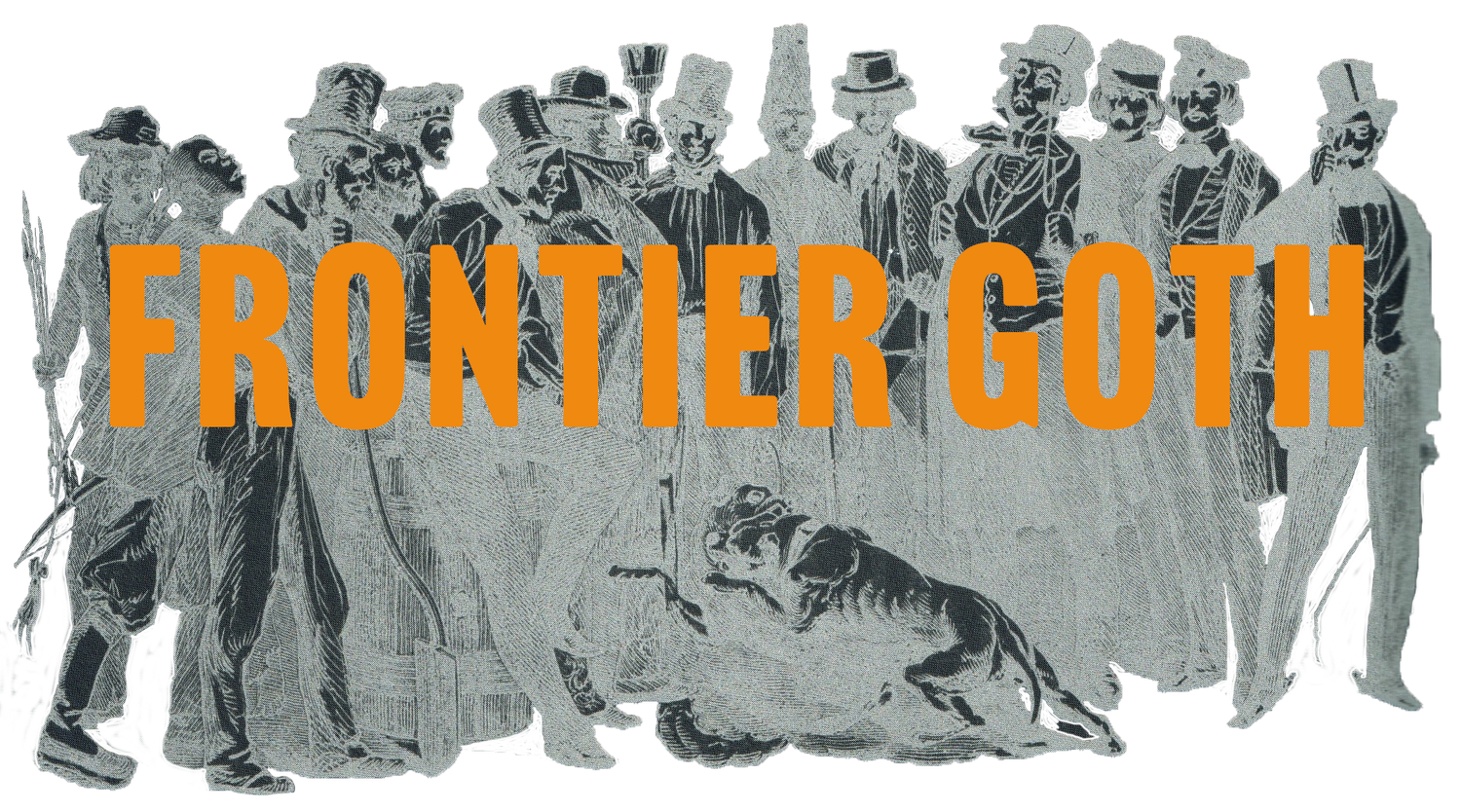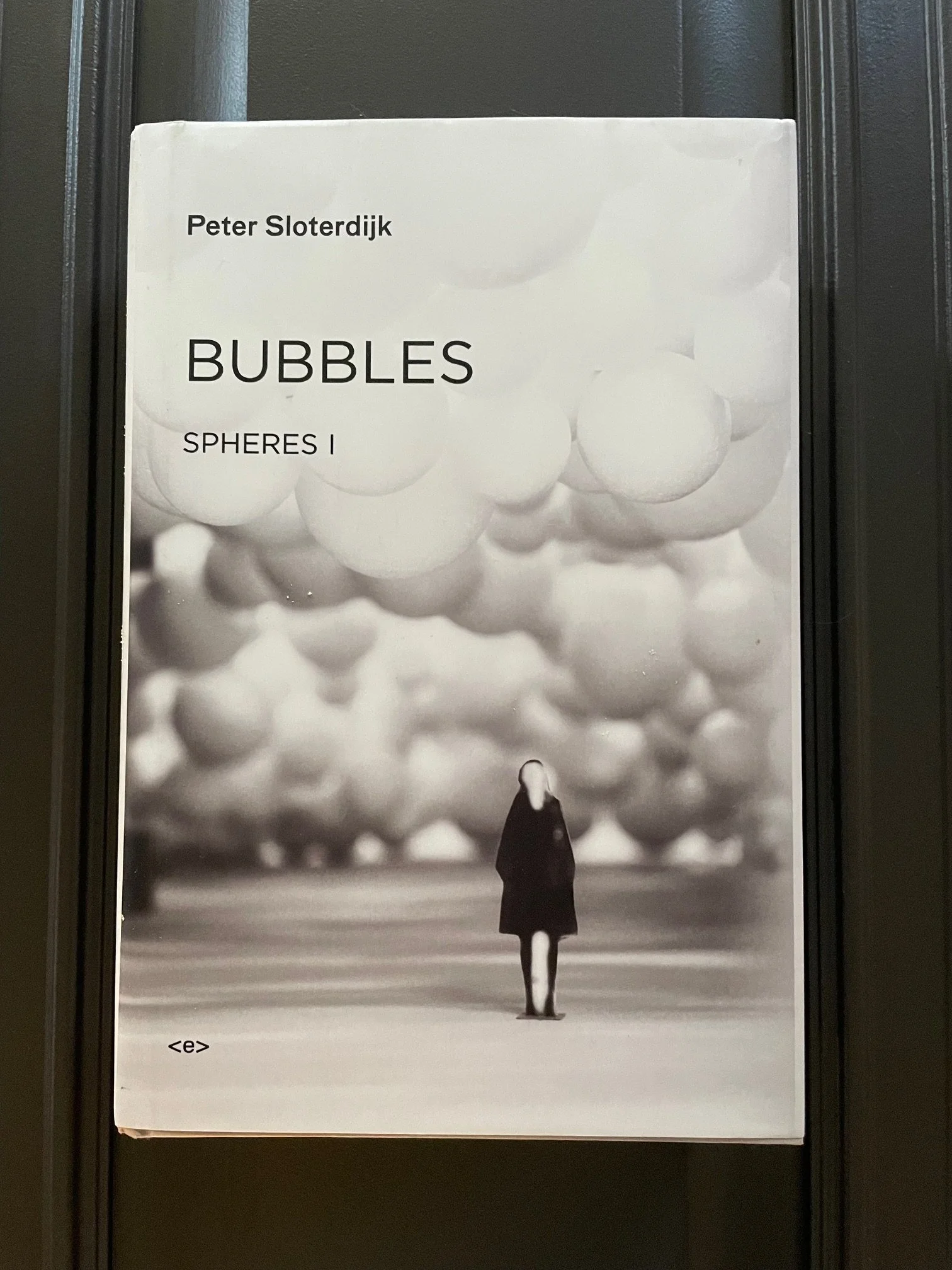Bubbles by Peter Sloterdijk
“The guiding morphological principle of the polyspheric world we inhabit is no longer the orb, but rather foam. The structural implication of the current earth-encompassing network—with all its eversions into the virtual realm—is thus not so much a globalization as a foaming. In foam worlds, the individual bubbles are not absorbed into a single, integrative hyper-orb, as in the metaphysical conception of the world, but rather drawn together to form irregular hills. With a phenomenology of foams, we shall attempt to advance—in concepts and images—towards a political amorphology that gets to the bottom(less) of the metamorphoses and paradoxes of the solidary space in the age of multifarious media and mobile world markets. Only a theory of the amorphous and non-round could, by examining the current fame of sphere destructions and sphere regenerations, offer the most intimate and general theory of the present age. Foams, heaps, sponges, clouds and vortexes serve as the first amorphological metaphors, and will help to investigate the formation of inner worlds, the creation of contexts and the architecture of immunity in the age of unfettered technical complexity. What is currently being confusedly proclaimed in all the media as the globalization of the world is, in morphological terms, the universalized war of foams.”
&
“What could one do to attune oneself to the silent expeditions in the monochrome night? At what other scenes—or unseens—would the eye be schooled for the journey into the black land? Would it be helpful to assume the lotus position, close one’s eyes and temporarily renounce all things visible and imagined? But how many have boarded the boat of meditation only to drift into the immaterial, where research ends in lack of curiosity. Should one experiment with drugs, and travel through alternative universes as an inquisitive psychonaut? In most cases, however, such interior journeys only replace everyday images with eccentric ones, which flicker through the cave like endogenous action films; such apparitions dilute the dark space as such all the more, and the art of reading figures in the black monochrome does not get any further. If one casts a glance at the reports from LSD sessions written by patients of the drug therapist Stanislav Grof about their supposed amniotic regressions, one has the impression that these people experience what they have read, and reproduce eloquent images of the hortus conclusus as a uterine fantasy; they pass off educational tours of the gynecological atlas as their own experiences; images of paradise from Sunday school mingle with archaic spatial memories; in garishly visual imaginings, they see heavenly fields and choirs of light surrounding the divine throne, sights to which no womb-dweller has ever been privy. This suggests that at best, even the psychognostic wonder drug LSD only produces synthetic conglomerates of experience in which early scenic elements are mingled with later verbal and visual ones to such a degree that one can scarcely speak of a return to some authentic primary state. So what is to be done when even truth drugs yield disinformation? Would it be better to accompany miners on their journey into the shaft and follow their trail into the drifts, without light or site plans, to pause somewhere in the depths and gauge how the mountain spreads its density out in all directions around the breathing life point? Such an exercise would only be a sporting self-test, however, and would end with the examinee being left at the mercy of his own heartbeat in the silent stone space, having to restrain the incipient panic of his excited thoughts; so this undertaking also fails to lead back to the scene before all scenes. It would not advance the exploration of the only nocturnal cave that concerns us. Descents into foreign tunnels do not lead you back into the incomparable black monochrome background from which your life began to emerge as a vibrating figure long ago. Seeing in the only darkness that concerns you cannot be practiced on a different darkness; there is no alternative to confronting your own black monochrome. Whoever tackles this will soon understand that life is deeper than one’s autobiography; writing never penetrates far enough into one’s own blackness. We cannot write down what we begin as.”
&
“In its early acoustic or rhapsodic memory, a few magical rhythms and sonic gestures accumulate and ring ahead of the individual like leitmotifs from a hymnic heaven—as yet unplayed and postponed, yet always on the point of finally being performed. This is how I sound—and this is how I will be once I am. I am the frothing up, the sound block, the liberated figure, I am the beautiful and bold passage, I am the leap to the highest note; the world echoes with my sound when I show myself as I have been promised to myself.”
-Peter Sloterdijk, 1998


